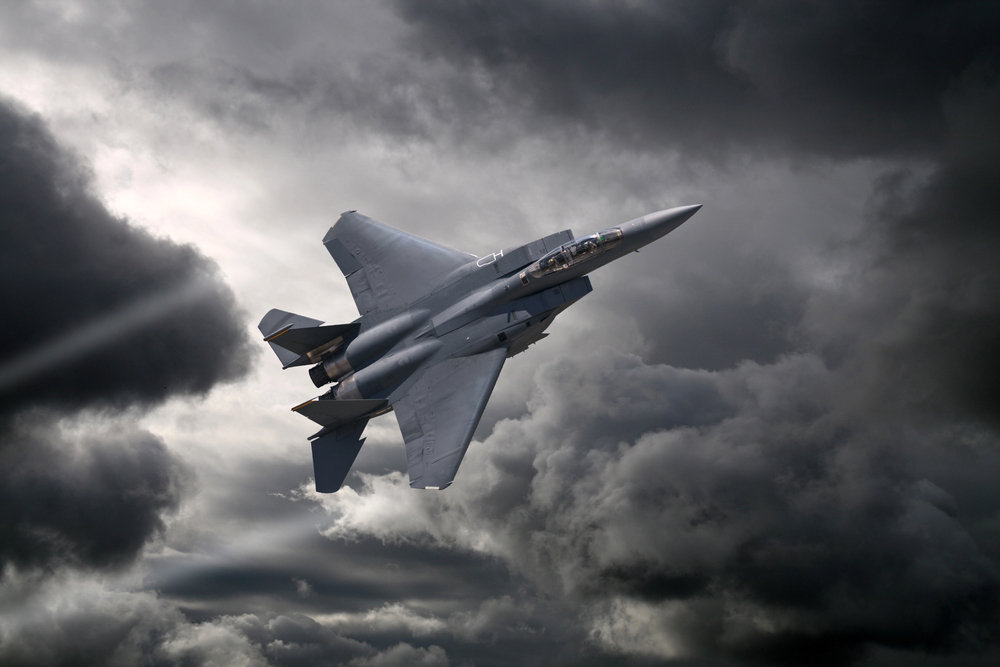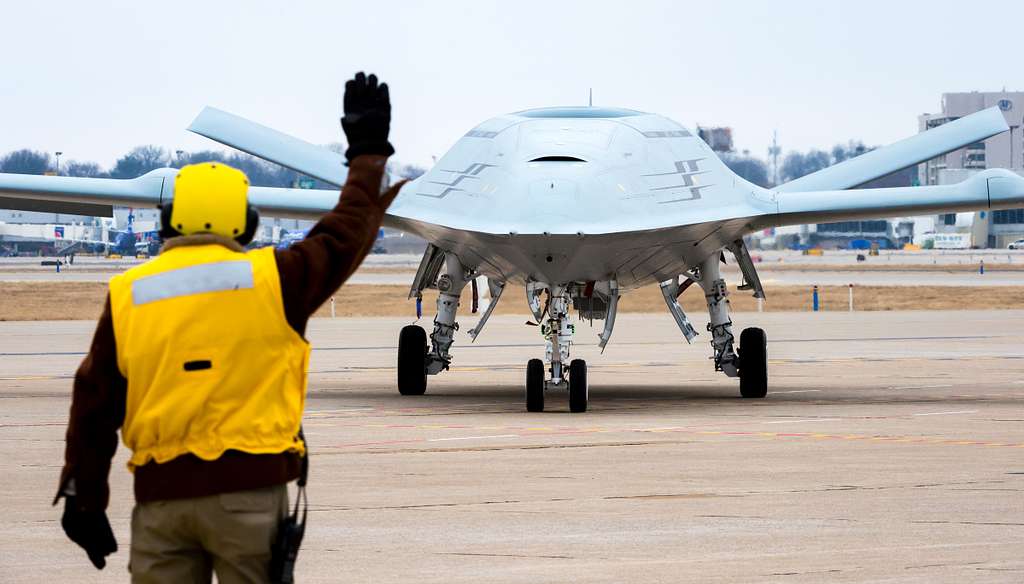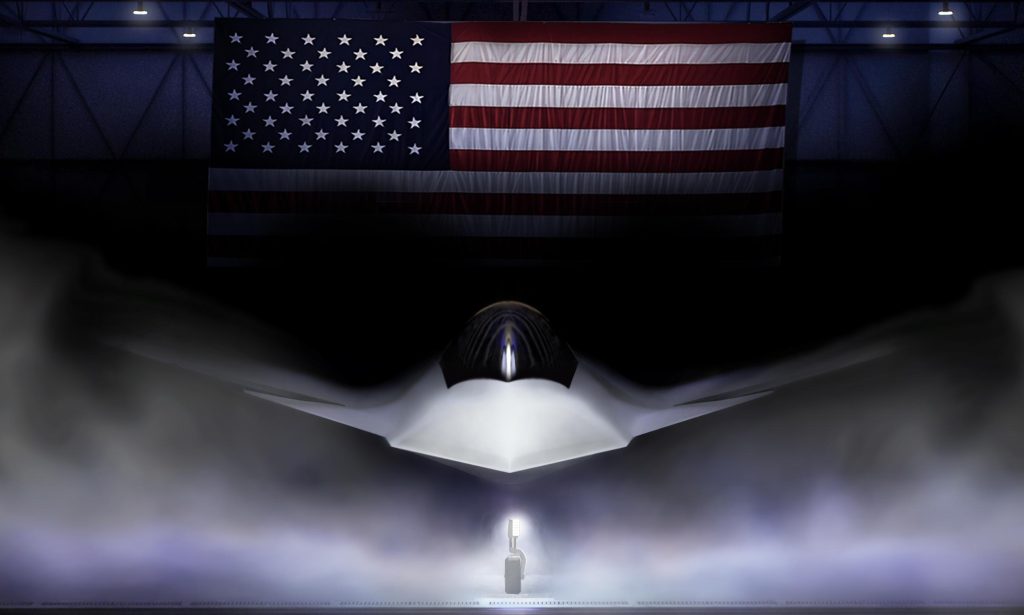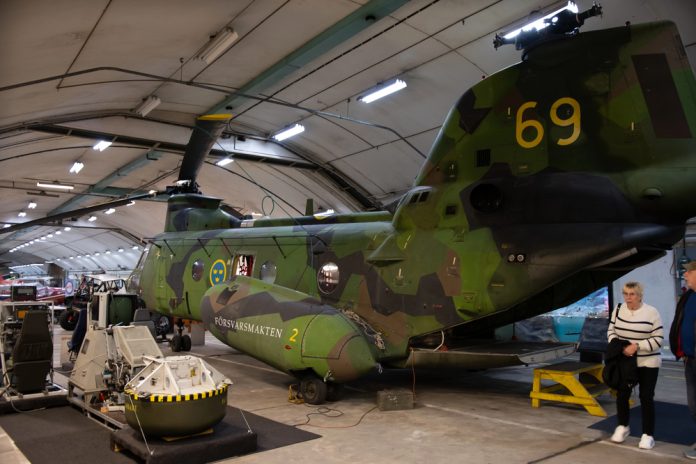
“IAM District 837 members have made their voices heard, loud and clear; they’re worth a contract that acknowledges their skill, dedication, and the vital contribution they make in defense of our nation,’ said Tom Boelling, IAM District 837 directing business representative.” While over 3,200 Boeing defense employees went on strike in St. Louis and Illinois, the aerospace industry is put to a crucial test, one that involves labor, technology, and the nation’s military preparedness in uncharted ways.

1. The Union’s Math: Why a 40% Increase Was Not Sufficient
Boeing’s new proposal, a 40% average pay boost, with a 20% general wage raise, a $5,000 ratification bonus, and improved benefits, was rejected handily by the International Association of Machinists and Aerospace Workers District 837. For union members, the offer did not touch on greater issues of job security, inflation, and respect for their skills. “This is about respect and dignity, not empty promises,” the union stated, emphasizing that wage growth alone could not offset years of concessions and eroding bargaining power. The rejection marks the union’s first strike since 1996, underscoring the high stakes and the workers’ resolve to secure a contract that truly reflects their value to national defense. They deserve nothing less than a contract that keeps their families secure and recognizes their unmatched expertise.

2. Boeing’s Contingency Playbook: Automation, Subcontracting, and Lessons from District 751
Boeing Defense’s reaction was quick: implement a contingency plan based on non-strikers, automation, and subcontracting. The company used hard-won experience from the 2024 District 751 walkout, when a seven-week shutdown of its commercial jet plants cost $4 billion and compelled a $19 billion equity raising. A two-month shutdown of IAM workers at Boeing’s commercial jet plants cost the company $4 billion. Now, as at that time, the defense sector seeks to keep key assembly lines running by sending non-union workers and utilizing digital manufacturing software.

Throughout the industry, they have become common practice: “Schroeder remembered then-Lockheed labor negotiator, Dale Kelly, explaining to him and other union officials in 2014 that subcontracting any work that didn’t touch the airplane was the company’s labor model.” Automation and outsourcing are double-edged swords, facilitating short-term stability but threatening long-term degradation of skilled labor and institutional knowledge. Automation ate away at the blue-collar ranks.

3. Assembly Lines in the Crosshairs: F-15, F/A-18, T-7, MQ-25, and F-47A
The epicenter of the strike is Boeing’s St. Louis facility, which produces the F-15 and F/A-18 fighter planes, the T-7 trainer plane, and the MQ-25 Stingray tanker drone. Production on these platforms supports 40% of the U.S. Air Force’s fighter fleet, and the disruption thus poses a national security concern. The defense segment, accounting for about 30% of Boeing’s $42 billion first-half 2025 revenue, is also building towards the F-47A, the Air Force’s recently awarded sixth-generation stealth fighter. Delays here would have a ripple effect through the Pentagon’s $1.01 trillion fiscal 2026 budget, with losses of as much as $100 million a day in lost production estimated by analysts as what a strike could cost Boeing up to $100 million a day in lost production.

4. MQ-25 Stingray: The Uncrewed Refueling Revolution at Risk
The MQ-25 program stands at an inflection point. “The MQ-25 will fly in 2025. That is the roadmap that we’ve set, and we’re breaking down all the barriers to make that a reality,” said Vice Adm. Daniel Cheever. The Stingray’s integration promises to transform carrier air wings by shifting aerial refueling duties from F/A-18 Super Hornets to unmanned systems, freeing up strike fighters for their primary missions. Test iterations have already shown successful carrier operations and refueling of F/A-18s, E-2Ds, and F-35Cs. However, as Rear Adm. Michael Donnelly stated, “The MQ-25 ‘will be our pathway for unmanned systems into the air wing.'” Any production setbacks jeopardize not only the Navy’s operational tempo but also the wider implementation of unmanned and autonomous technologies throughout U.S. forces. The MQ-25 will fly this year.

5. F-47A: America’s Sixth-Generation Fighter and the Future of St. Louis Manufacturing
Boeing’s $20 billion contract to build the F-47A, the Next Generation Air Dominance (NGAD) fighter for the Air Force, is a lifeline for its St. Louis plant as the F/A-18 production line closes down. The F-47A is envisioned as a stealthy, long-range platform with sensor fusion, adaptive propulsion, and the capability to be employed alongside cooperative combat drones. “The F-47 will be the most advanced, most capable, most deadly airplane ever made,” President Donald Trump announced.

The success of the program is based on trouble-free integration of digital engineering, modular design, and quick technology refreshes, abilities that necessitate a stable, highly trained workforce. “With this F-47 as the crown jewel in the Next Generation Air Dominance Family of Systems, we think that it brings more lethality,” stated Gen. David Allvin. The F-47 is a material improvement over the F-22.

6. The Broader Labor Landscape: Automation, Subcontracting, and Union Decline
The Boeing walkout is part of sector-wide trends. Union membership in top defense contractors has fallen precipitously, pushed by automation, offshoring, and anti-union policies. In Lockheed Martin, rates of unionization declined from 69% in 1971 to a mere 19% in 2022. Automation and subcontracting reduced blue-collar jobs, while engineering white-collar positions have skyrocketed. “For every four they bring in, five of them leave,” said Local 709 President Jason Schroeder, which underscores the instability that confronts today’s aerospace workers. As corporations resort to digital production and non-union workers, the danger increases that important know-how will be misplaced, possibly compromising quality and innovation in future defense contracts. Automation eroded the blue-collar base.

7. Strategic and Financial Implications: Supply Chains, Investors, and National Security
For policymakers and investors, the strike reveals the vulnerability of a defense industrial base that has long been regarded as a secure haven. As supply chains are interconnected tightly, a breakdown at one node can propagate bottlenecks throughout the industry. Defense ETFs that are heavily concentrated in Boeing and peers are most exposed, and sector-wide selloffs are possible. In the meantime, the Pentagon is threatened with faster spending redirection to competitors if Boeing’s slippage continues to rise. As Gen. Allvin noted, “Air dominance is not a birthright… our dominance needs to be earned every single day.” The result of this strike will determine not just Boeing’s fate but America’s next-generation airpower. The convergence of labor, automation, and high-tech aerospace manufacturing is now a vital frontier for industry and national security.


